Home>Furniture & Design>Living Room Furniture>What Are The Parts Of A Recliner
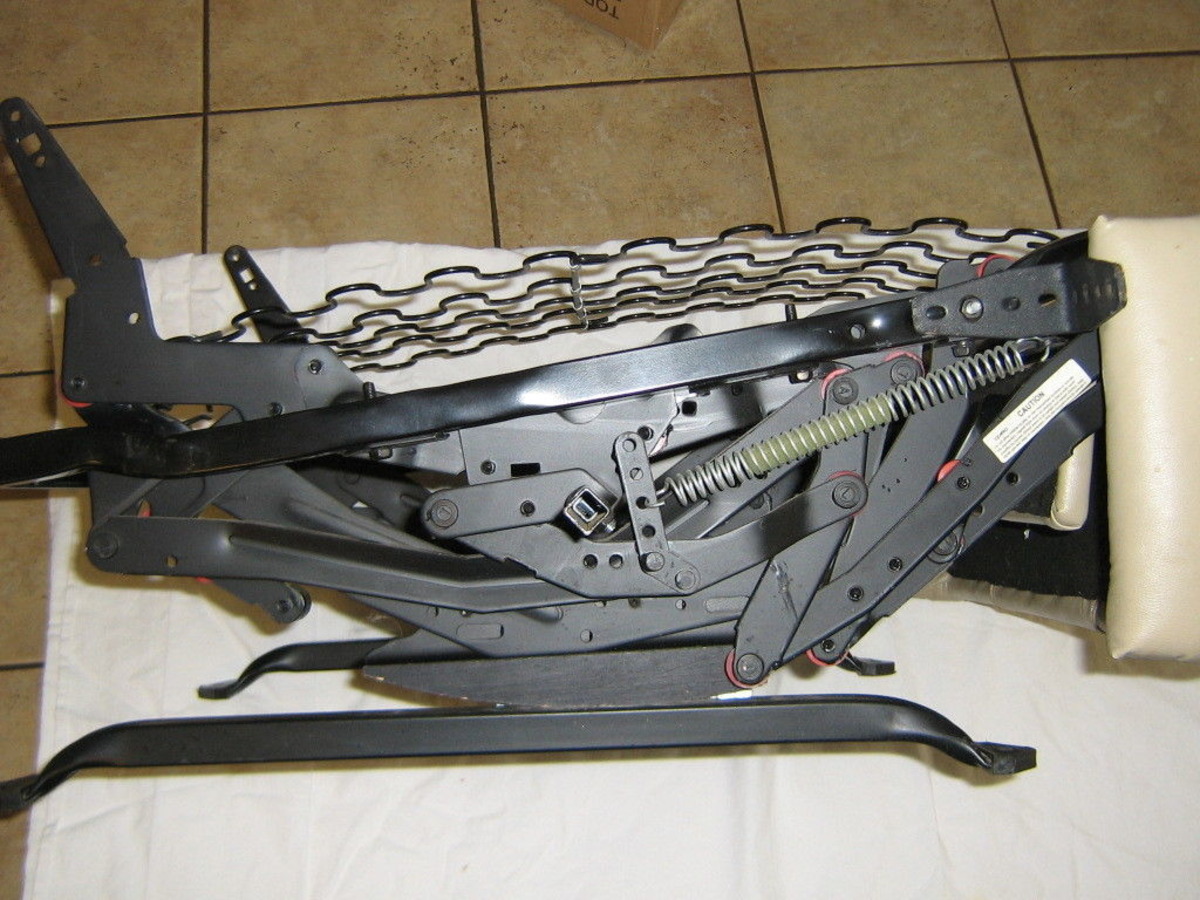

Living Room Furniture
What Are The Parts Of A Recliner
Modified: October 20, 2024
Discover the essential parts of a recliner and how they contribute to the comfort and functionality of this popular living room furniture. Explore the design elements that make recliners a must-have for any cozy space.
(Many of the links in this article redirect to a specific reviewed product. Your purchase of these products through affiliate links helps to generate commission for Storables.com, at no extra cost. Learn more)
Introduction
When it comes to relaxation and comfort, few pieces of furniture can rival the beloved recliner. This versatile and inviting seat has become a staple in living rooms, home theaters, and cozy corners across the globe. But have you ever stopped to consider the intricate design and thoughtful engineering that make this chair so exceptional? In this comprehensive guide, we will delve into the various parts of a recliner, shedding light on the inner workings and construction of this beloved piece of furniture.
A recliner is not just a chair; it is a sophisticated combination of components meticulously designed to provide unparalleled comfort and support. From the sturdy frame to the plush upholstery and innovative reclining mechanism, each part plays a crucial role in ensuring a truly relaxing experience. By understanding the anatomy of a recliner, you can gain a deeper appreciation for its craftsmanship and make informed decisions when selecting the perfect recliner for your home.
Join us as we embark on a fascinating journey through the different parts of a recliner, uncovering the secrets behind its irresistible allure and unrivaled comfort. Whether you are a furniture enthusiast, a prospective buyer, or simply curious about the inner workings of everyday objects, this exploration of recliner anatomy promises to be an enlightening and enjoyable experience. So, without further ado, let's unravel the mystery and magic behind the parts of a recliner.
Key Takeaways:
- Recliners are a harmonious blend of craftsmanship and comfort, with each part playing a crucial role in shaping the chair’s overall appeal and functionality, creating a haven of relaxation and repose for users to enjoy.
- Understanding the anatomy of a recliner helps individuals make informed decisions when selecting the perfect chair for their home, ensuring they can recline and unwind in style and comfort.
Read more: What Is A Recliner
Frame
The frame serves as the foundation and structural backbone of a recliner, providing stability and support for the entire chair. Typically constructed from durable materials such as hardwood, plywood, or metal, the frame is engineered to withstand the rigors of daily use while maintaining its integrity for years to come. The quality of the frame directly impacts the longevity and sturdiness of the recliner, making it a critical component of the chair’s design.
One of the key elements of the frame is the reclining mechanism, which is integrated into the structure to facilitate seamless movement and adjustment. This mechanism allows the chair to transition from an upright position to a reclined state, offering users the flexibility to customize their seating experience according to their preferences. The frame also houses the springs and suspension system, which contribute to the overall comfort and support provided by the recliner.
Furthermore, the frame’s design plays a significant role in determining the overall aesthetic appeal of the recliner. Whether it features sleek lines and a modern silhouette or boasts a classic, traditional look, the frame sets the tone for the chair’s visual impact. Additionally, the frame’s dimensions and proportions influence the overall footprint of the recliner, dictating how it fits within a room’s layout and decor.
When selecting a recliner, it’s essential to consider the quality and construction of the frame, as it directly impacts the chair’s durability, stability, and functionality. A well-built frame provides the necessary structural integrity to support the other components of the recliner, ensuring a reliable and long-lasting seating solution for relaxation and leisure.
Reclining Mechanism
The reclining mechanism is the heart of a recliner, responsible for the seamless transition from an upright position to a reclined state, offering users the freedom to adjust their seating angle with ease. This innovative system is engineered to provide optimal comfort and functionality, allowing individuals to find their ideal lounging position at the touch of a lever or button.
There are several types of reclining mechanisms, each offering unique benefits and features. The traditional lever-based mechanism, often found in classic recliners, utilizes a simple lever located on the side of the chair to activate the reclining function. This straightforward design provides a reliable and intuitive way to adjust the chair’s position, making it a popular choice for those seeking a no-fuss recliner experience.
On the other hand, modern recliners may feature advanced mechanisms such as power recline, which harnesses electric motors to effortlessly recline the chair at the push of a button. This sophisticated system offers unparalleled convenience and precision, allowing users to fine-tune their reclining angle with precision and control. Some power recliners even come equipped with additional features, such as adjustable headrests and lumbar support, further enhancing the overall lounging experience.
Another innovative option is the wall-hugger reclining mechanism, ideal for smaller spaces where maximizing floor space is essential. This mechanism enables the recliner to move forward as it reclines, minimizing the clearance required between the chair and the wall. As a result, wall-hugger recliners offer a space-efficient solution without compromising on comfort or functionality.
Regardless of the type of reclining mechanism, each is designed to provide a smooth and fluid transition between seating positions, ensuring that users can relax and unwind with effortless ease. The careful engineering and precision of the reclining mechanism contribute to the overall appeal and functionality of the recliner, making it a pivotal component of this beloved piece of furniture.
Upholstery
The upholstery of a recliner encompasses the fabric or leather covering that adorns the chair, playing a crucial role in both its aesthetic appeal and comfort. Whether it’s a sumptuous leather recliner exuding timeless elegance or a cozy fabric recliner offering a soft, inviting touch, the choice of upholstery significantly influences the chair’s overall look and feel.
When selecting a recliner, the upholstery material is a key consideration, as it directly impacts the chair’s durability, maintenance requirements, and tactile experience. Leather upholstery is renowned for its luxurious appearance, exceptional durability, and ease of cleaning, making it a popular choice for those seeking a sophisticated and long-lasting recliner. The supple texture and rich patina of leather add a touch of refinement to any space, elevating the ambiance with timeless charm.
On the other hand, fabric upholstery offers a diverse array of colors, patterns, and textures, allowing for greater flexibility in matching the recliner to the existing decor and personal style preferences. From velvety soft fabrics to durable, easy-to-clean options, the world of fabric upholstery provides a wealth of choices to suit various tastes and practical needs. Additionally, fabric recliners often exude a warm and inviting vibe, creating a cozy atmosphere that beckons relaxation.
Furthermore, the upholstery contributes to the recliner’s overall comfort, as it envelops the chair’s padding and cushioning, providing a tactile surface for users to sink into and unwind. The choice of upholstery material can impact the breathability, texture, and temperature regulation of the recliner, influencing the seating experience and tactile sensation.
Whether it’s sleek leather upholstery exuding sophistication or plush fabric upholstery offering a cozy embrace, the covering of a recliner is a defining element that merges style, comfort, and practicality. By carefully considering the upholstery material and design, individuals can select a recliner that not only complements their decor but also delivers a delightful seating experience for years to come.
Padding and Cushioning
The padding and cushioning of a recliner are instrumental in delivering the luxurious comfort and support that this beloved piece of furniture is renowned for. From the seat and backrest to the armrests and footrest, every area of the recliner is meticulously outfitted with plush padding and cushioning to cradle the body and provide an indulgent seating experience.
One of the key elements of the padding and cushioning is the high-density foam, which forms the core of the recliner’s comfort layers. This resilient and supportive material contours to the body’s curves, offering a balanced combination of softness and structure. Whether it’s a quick afternoon nap or a movie marathon, the foam padding ensures that users can sink into the recliner without sacrificing support or resilience.
Additionally, the cushioning of the backrest and seat is designed to provide optimal lumbar support and pressure relief, promoting healthy posture and relaxation. By strategically incorporating varying levels of firmness and plushness, the padding and cushioning work in harmony to alleviate tension and fatigue, allowing users to unwind in complete comfort.
Moreover, the armrests of the recliner are equipped with generous padding, creating a cozy resting place for the arms and hands. This thoughtful detail enhances the overall lounging experience, ensuring that users can relax and recline without discomfort or strain.
Another integral component of the padding and cushioning is the footrest, which is designed to cradle the legs and feet in a supportive and comfortable manner. Whether it’s an extendable footrest in a traditional recliner or an integrated ottoman in a contemporary design, the cushioning of the footrest plays a pivotal role in enhancing the recliner’s overall comfort and functionality.
By meticulously crafting the padding and cushioning of a recliner, furniture designers and manufacturers aim to create a haven of relaxation and tranquility, where users can escape the demands of the day and immerse themselves in pure comfort. The thoughtful integration of high-quality foam, plush cushioning, and ergonomic design elements ensures that the recliner becomes a cherished sanctuary for rest and rejuvenation in any home.
When looking for a recliner, make sure to check the quality of the frame, the comfort of the cushioning, and the functionality of the reclining mechanism. These are the key parts that will determine the durability and comfort of the recliner.
Read more: What Is A Glider Recliner
Armrests
The armrests of a recliner serve as more than just a place to rest one’s arms; they are integral components that contribute to the overall comfort, support, and functionality of the chair. Whether it’s a classic padded armrest or a sleek, modern design, these elements play a crucial role in enhancing the recliner’s ergonomic appeal and providing a cozy resting place for the arms and hands.
One of the primary functions of the armrests is to alleviate strain and tension in the upper body, offering a supportive surface for the arms to rest upon while reclining. By providing a comfortable and ergonomic position for the arms, the armrests enable users to relax without experiencing discomfort or fatigue, making the recliner an inviting haven for leisure and repose.
Furthermore, the design and construction of the armrests contribute to the overall aesthetic appeal of the recliner, adding a touch of style and sophistication to the chair’s silhouette. Whether they feature sleek lines and minimalist contours or boast classic, traditional details, the armrests play a pivotal role in defining the visual character of the recliner, complementing its overall design and enhancing its allure.
Additionally, some recliners are equipped with adjustable armrests, allowing users to customize their seating experience according to their preferences. Whether it’s the ability to raise, lower, or pivot the armrests, these adjustable features provide enhanced flexibility and adaptability, catering to a diverse range of body types and comfort needs.
Moreover, the padding and cushioning of the armrests are carefully designed to offer a plush and supportive surface for the arms and hands. This thoughtful detail ensures that users can indulge in luxurious relaxation, finding solace in the gentle embrace of the recliner’s armrests as they unwind and rejuvenate.
By integrating thoughtful design elements, ergonomic considerations, and stylish aesthetics, the armrests of a recliner elevate the seating experience, transforming the chair into a welcoming sanctuary where comfort, support, and style converge in perfect harmony.
Footrest
The footrest of a recliner is a pivotal component that enhances the chair’s comfort, functionality, and overall appeal. Whether it’s a traditional extendable footrest or an integrated ottoman-style design, this feature offers users the opportunity to elevate their legs and feet, promoting relaxation, circulation, and ergonomic support.
One of the primary benefits of the footrest is its ability to provide a comfortable and supportive platform for the legs and feet. By extending the footrest, users can elevate their lower limbs, allowing for improved blood circulation and reduced pressure on the lower body. This feature is particularly beneficial for individuals seeking relief from leg fatigue, swelling, or discomfort, making the recliner an ideal spot for rest and rejuvenation.
Furthermore, the footrest contributes to the overall ergonomic design of the recliner, promoting healthy posture and alignment. By offering a supportive resting place for the legs and feet, the footrest encourages users to recline in a manner that minimizes strain and tension, fostering a more comfortable and relaxing seating experience.
Some recliners feature adjustable footrests, allowing users to customize the positioning and angle of the footrest according to their preferences. This flexibility enables individuals to find their optimal leg elevation, catering to a diverse range of comfort needs and relaxation preferences.
Moreover, the cushioning and padding of the footrest are designed to provide a plush and inviting surface for the legs and feet to rest upon. Whether it’s a soft, upholstered ottoman-style footrest or a supportive, extendable design, this feature adds an extra layer of comfort and luxury to the recliner, inviting users to kick back and unwind in style.
By incorporating a thoughtfully designed footrest, recliners become inviting sanctuaries where users can escape the demands of the day, elevate their comfort, and indulge in moments of pure relaxation. Whether it’s reading a book, watching a movie, or simply unwinding after a long day, the footrest transforms the recliner into a haven of tranquility and repose.
Base
The base of a recliner serves as the sturdy foundation that supports the chair’s weight and provides stability, ensuring a secure and reliable seating experience. Whether it’s a classic swivel base or a stationary platform, this component plays a crucial role in anchoring the recliner and facilitating smooth movement and transitions.
One of the key considerations in the design of the base is its material and construction. Recliner bases are often crafted from durable materials such as hardwood, metal, or engineered wood, chosen for their strength and resilience. This robust construction ensures that the base can withstand the demands of daily use and provide a secure platform for the other components of the recliner.
Furthermore, some recliners feature a swivel base, which allows the chair to rotate smoothly, providing users with added mobility and flexibility. This feature is particularly beneficial in home theater setups or open living spaces, where the ability to pivot and turn the recliner enhances the overall functionality and convenience of the chair.
In addition to supporting the weight of the recliner, the base may also incorporate features such as non-slip pads or glides, which help protect the floor surface and prevent unwanted movement or scratching. These thoughtful details contribute to the overall user experience, ensuring that the recliner remains firmly in place while safeguarding the integrity of the surrounding flooring.
Moreover, the design of the base can influence the recliner’s aesthetic appeal, contributing to its visual impact and style. Whether it’s a sleek, modern base with clean lines or a classic, traditional design with ornate details, the base plays a role in defining the chair’s overall look and enhancing its presence within a room.
By providing a stable and reliable foundation, the base of a recliner ensures that users can recline and relax with confidence, knowing that the chair is securely anchored and poised to deliver a comfortable and enjoyable seating experience.
Conclusion
As we’ve explored the various parts of a recliner, from the sturdy frame to the inviting footrest, it becomes evident that this beloved piece of furniture is a harmonious blend of craftsmanship, comfort, and thoughtful design. Each component plays a crucial role in shaping the recliner’s overall appeal and functionality, creating a haven of relaxation and repose for users to enjoy.
The frame, serving as the chair’s structural backbone, provides stability and support, while housing the reclining mechanism and suspension system, enabling seamless movement and adjustment. The upholstery, whether sumptuous leather or cozy fabric, adds a touch of luxury and style, enveloping the chair in tactile comfort. The padding and cushioning, meticulously crafted for optimal support and relaxation, cradle the body in plush comfort, while the armrests and footrest offer ergonomic support and a cozy resting place for the arms and legs.
Furthermore, the base, whether stationary or swivel, serves as the reliable foundation that anchors the recliner and provides stability, ensuring a secure and enjoyable seating experience. Each part contributes to the recliner’s overall appeal, transforming it into a cherished sanctuary where users can escape the demands of the day and immerse themselves in pure comfort.
Whether it’s a classic recliner exuding timeless charm or a modern power recliner offering cutting-edge features, the thoughtful integration of these components elevates the recliner into more than just a chair; it becomes a symbol of relaxation, luxury, and indulgence. By understanding the anatomy of a recliner, individuals can make informed decisions when selecting the perfect chair for their home, ensuring that they can recline and unwind in style and comfort.
So, the next time you sink into the welcoming embrace of a recliner, take a moment to appreciate the intricate design and meticulous craftsmanship that make this beloved piece of furniture a true icon of leisure and relaxation.
Frequently Asked Questions about What Are The Parts Of A Recliner
Was this page helpful?
At Storables.com, we guarantee accurate and reliable information. Our content, validated by Expert Board Contributors, is crafted following stringent Editorial Policies. We're committed to providing you with well-researched, expert-backed insights for all your informational needs.
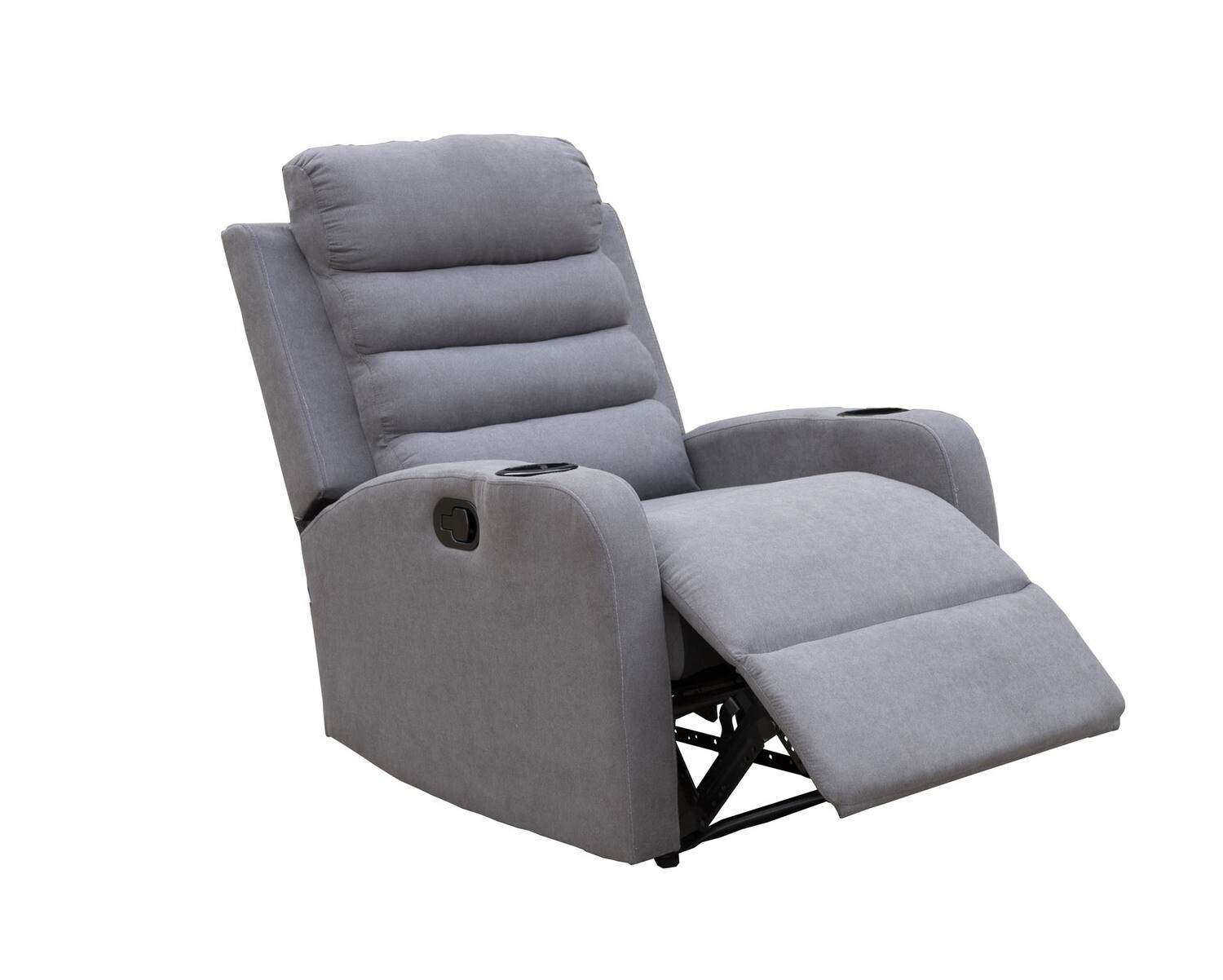
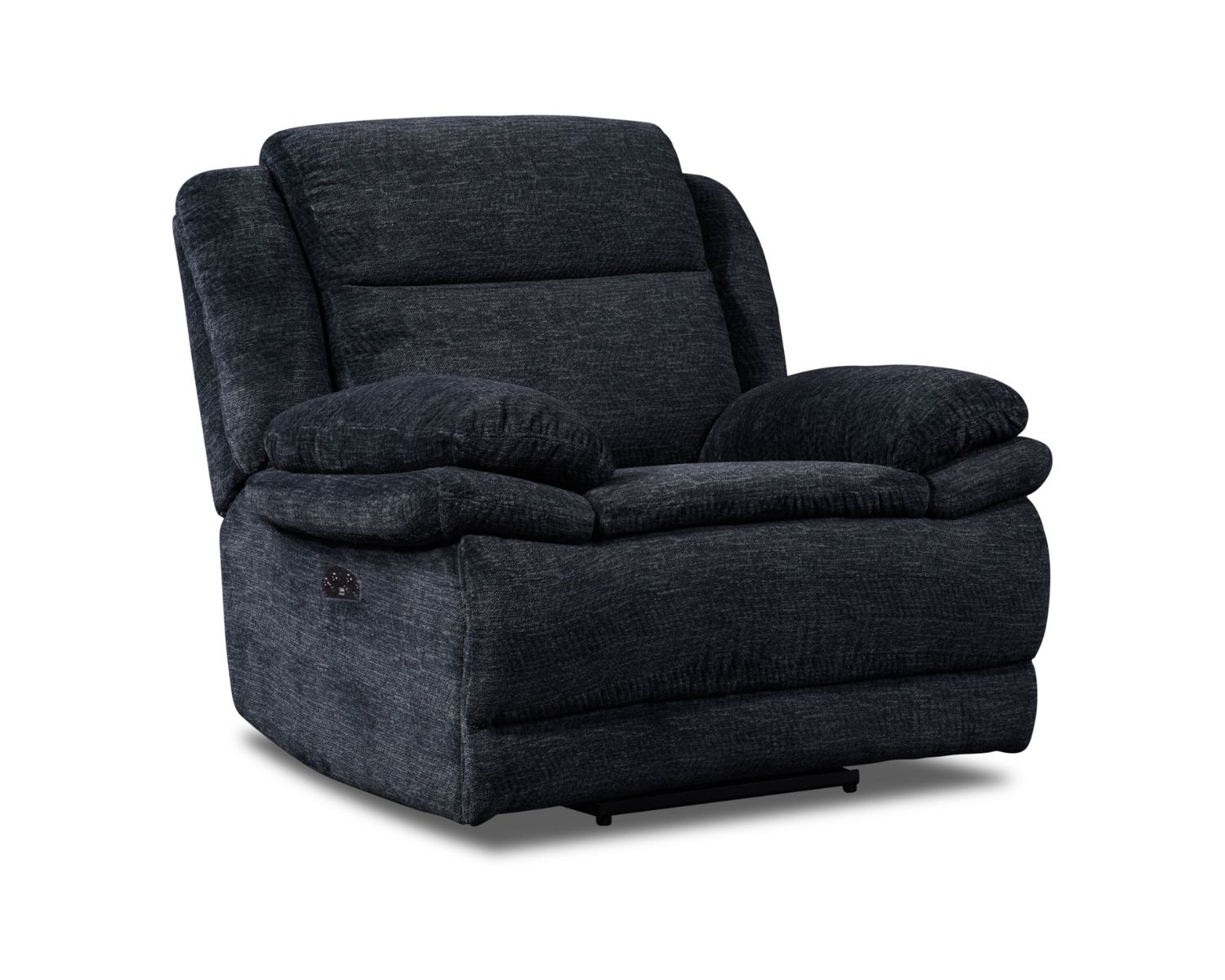
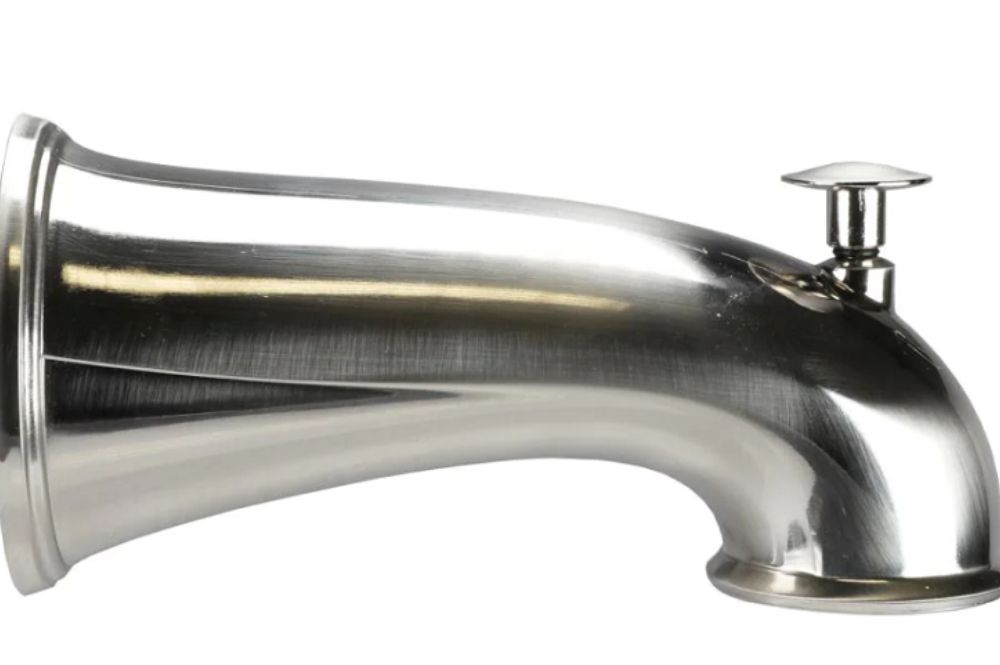
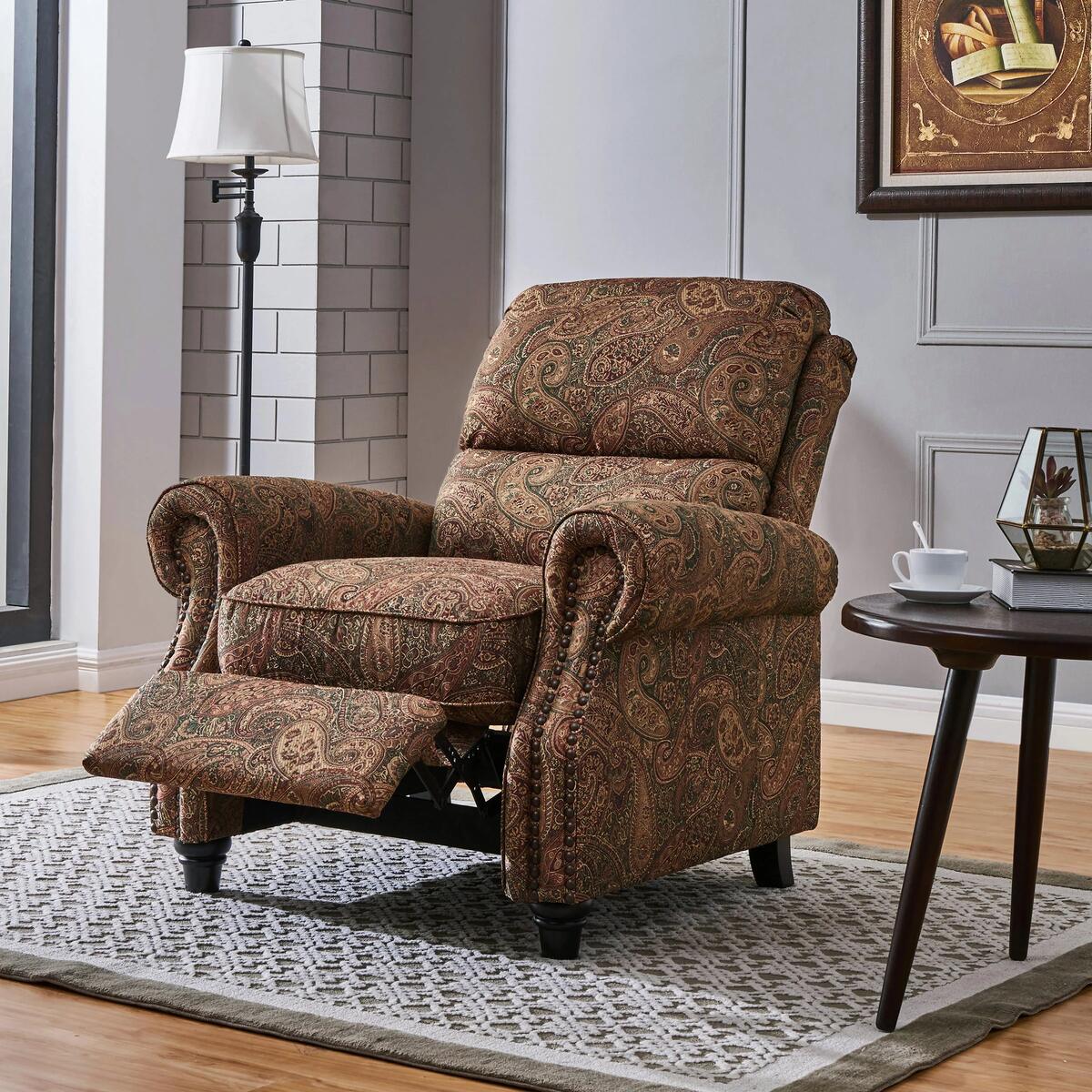
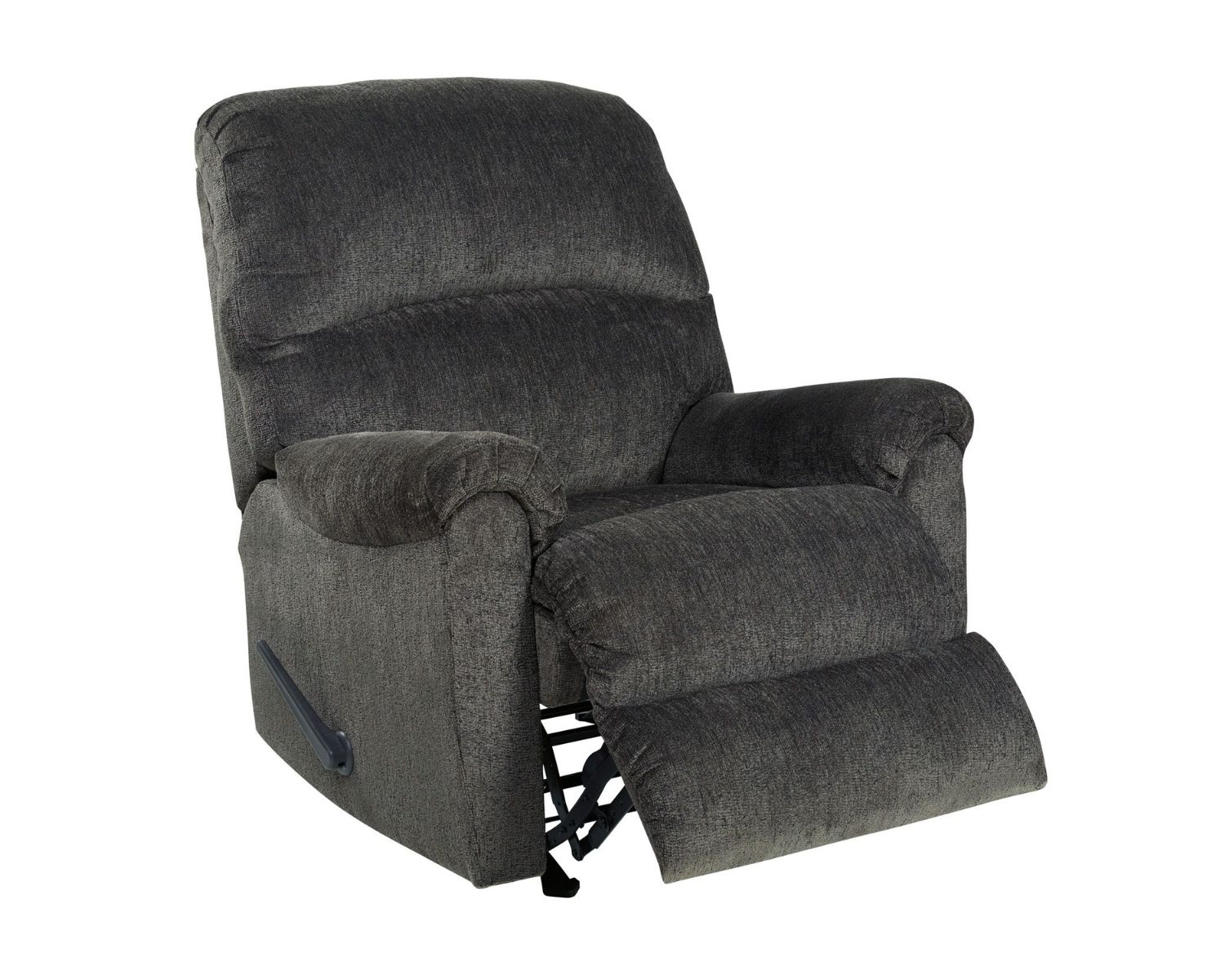
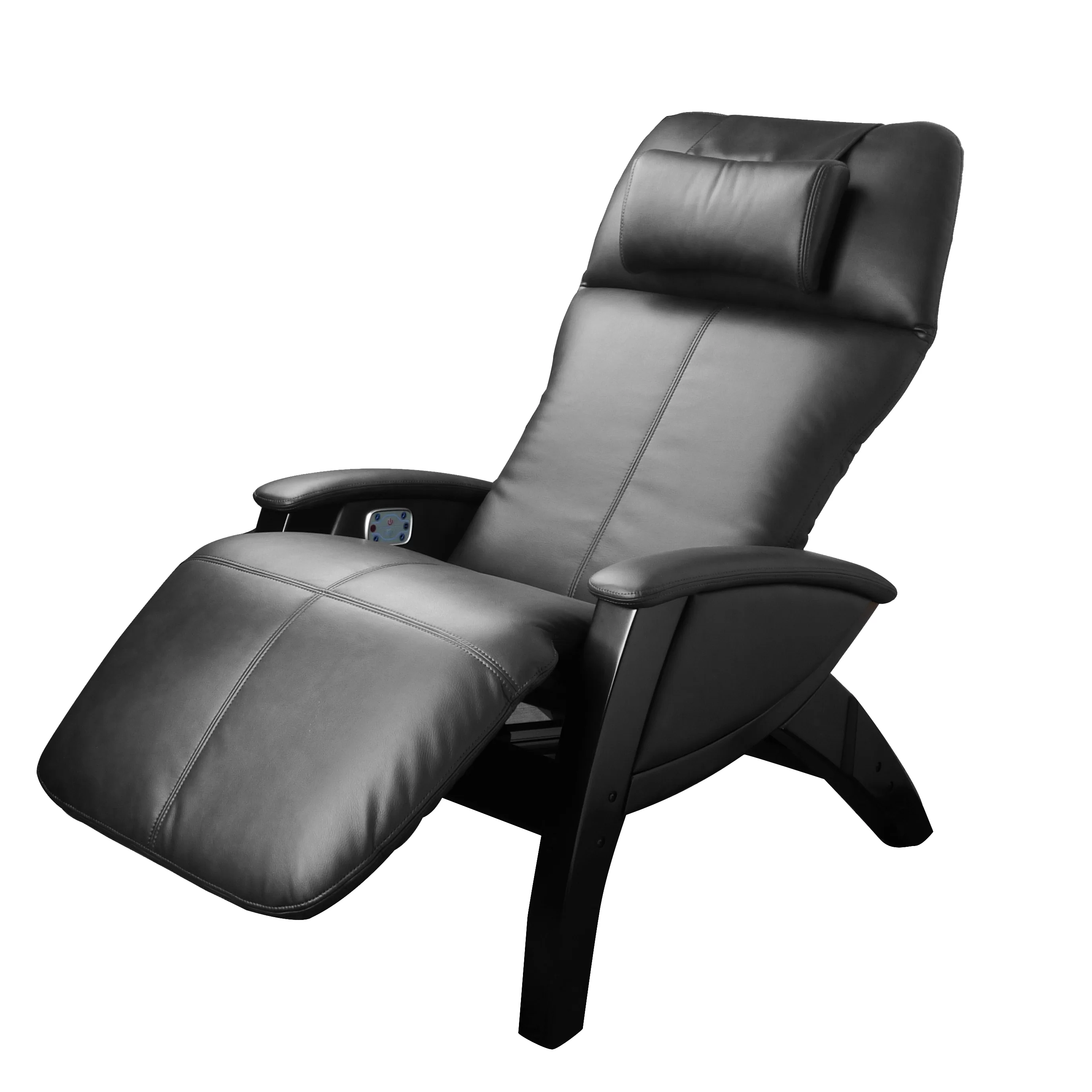
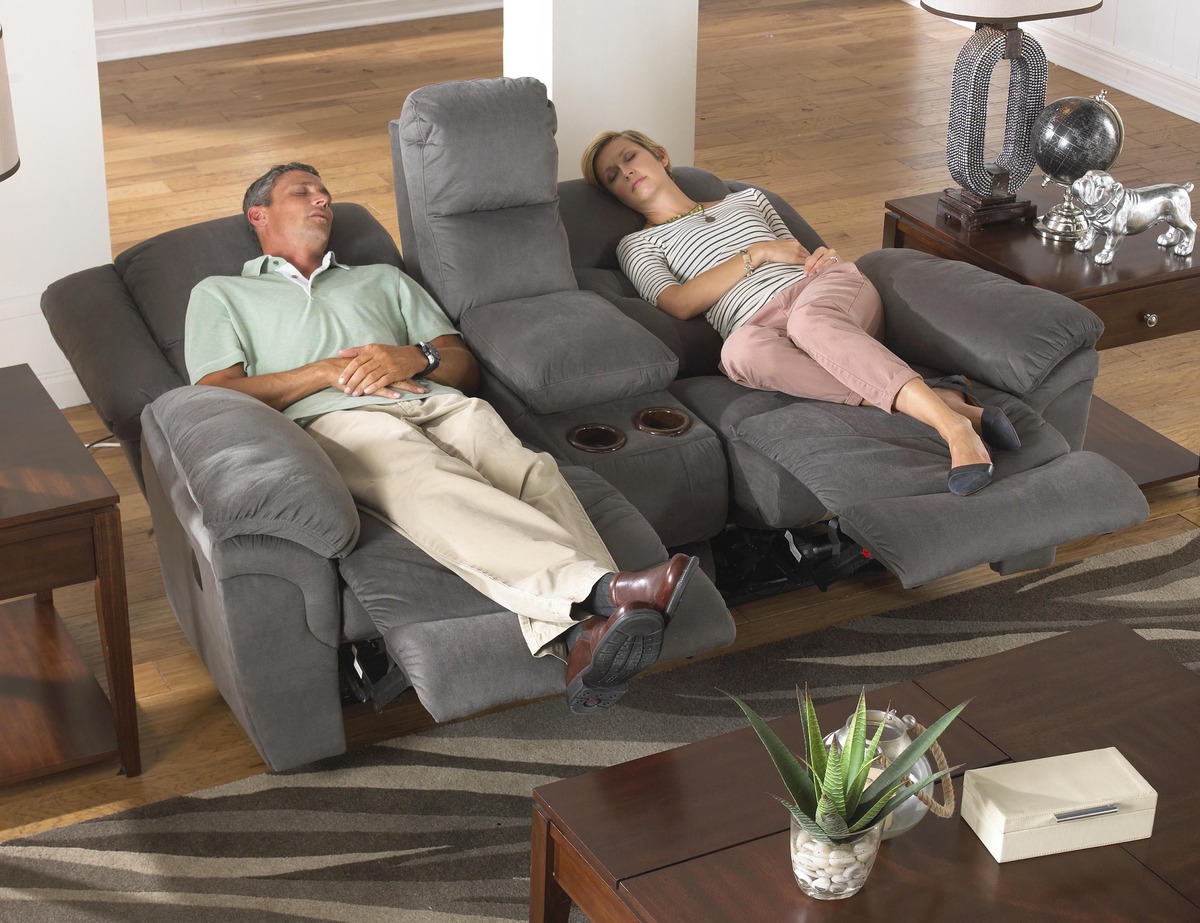
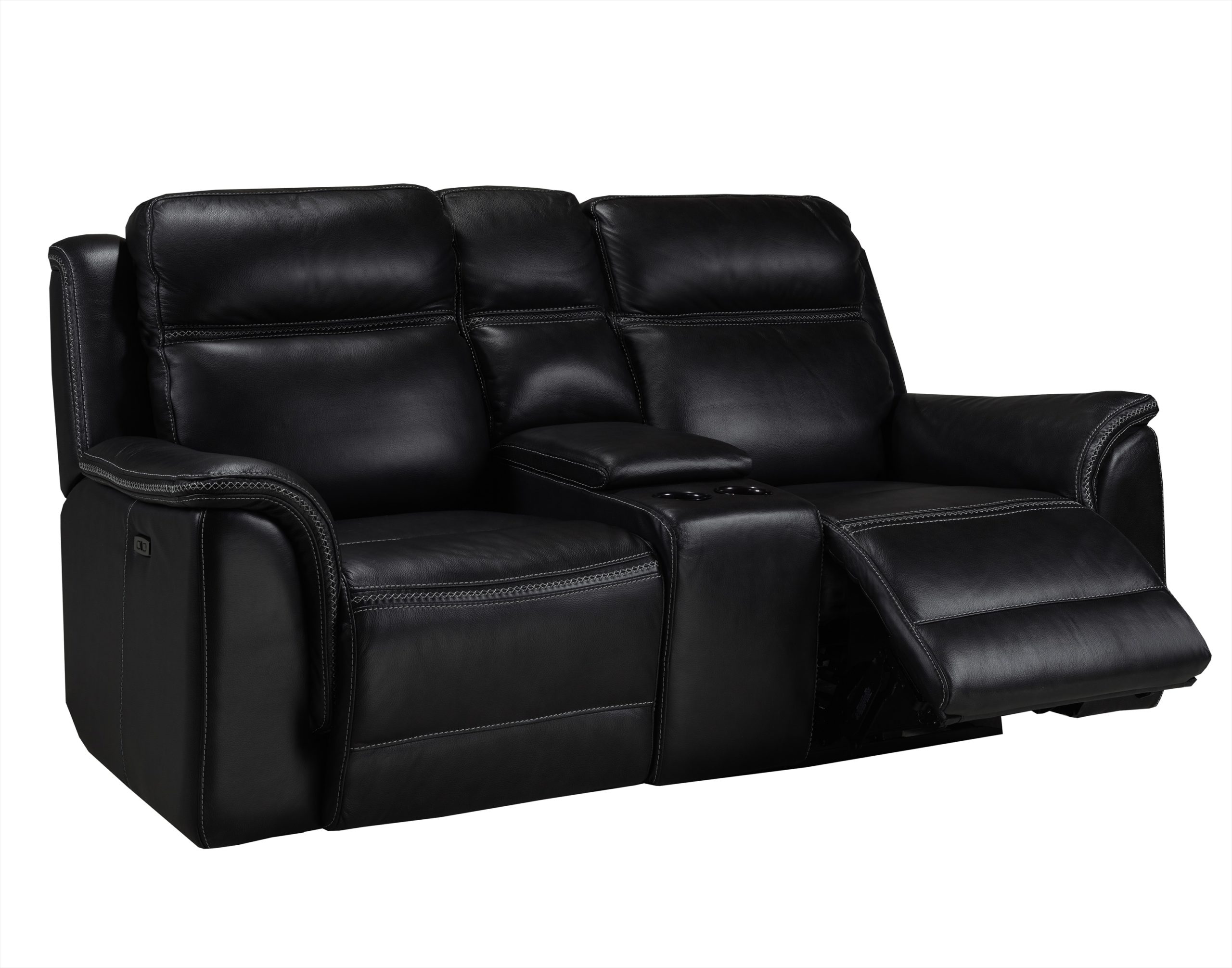
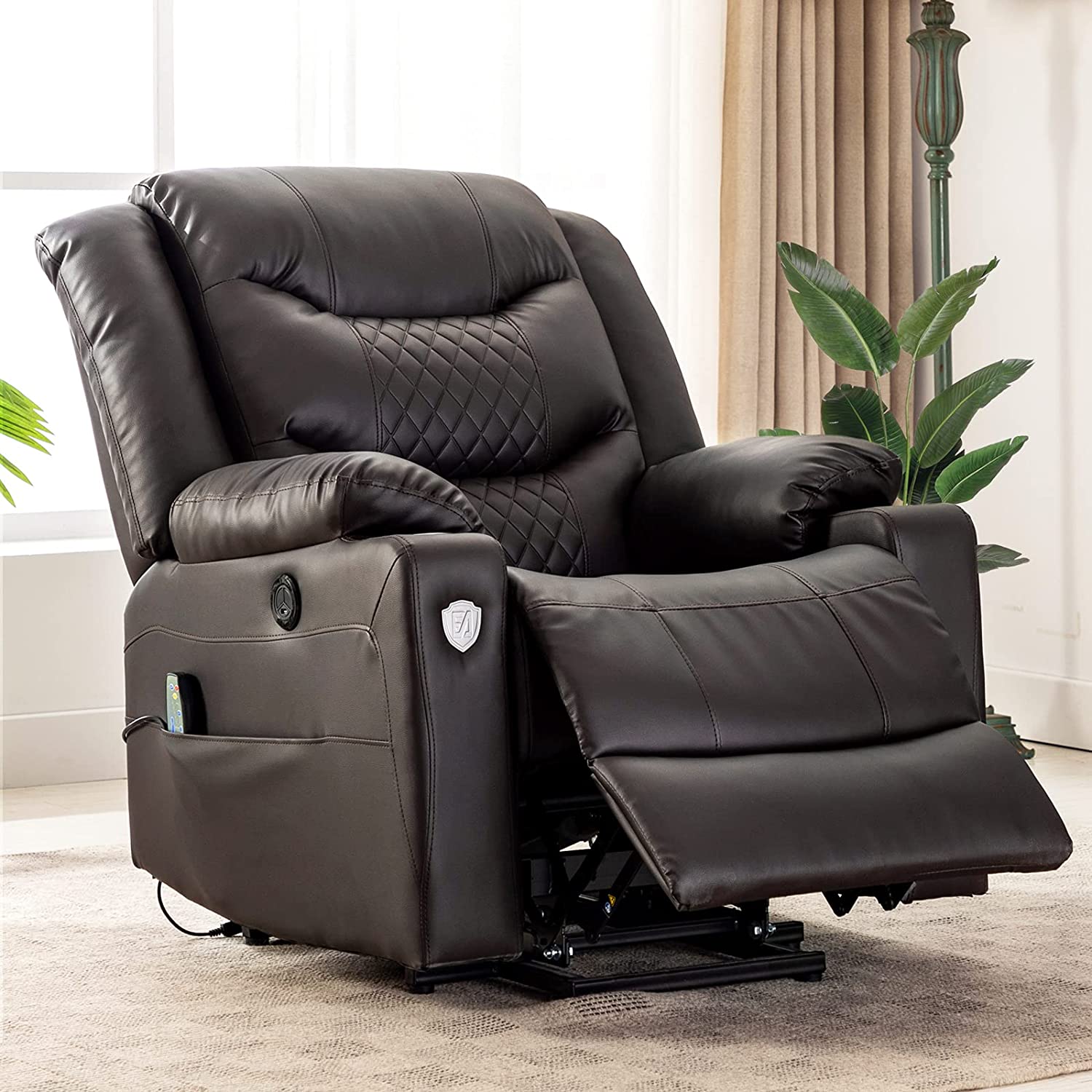
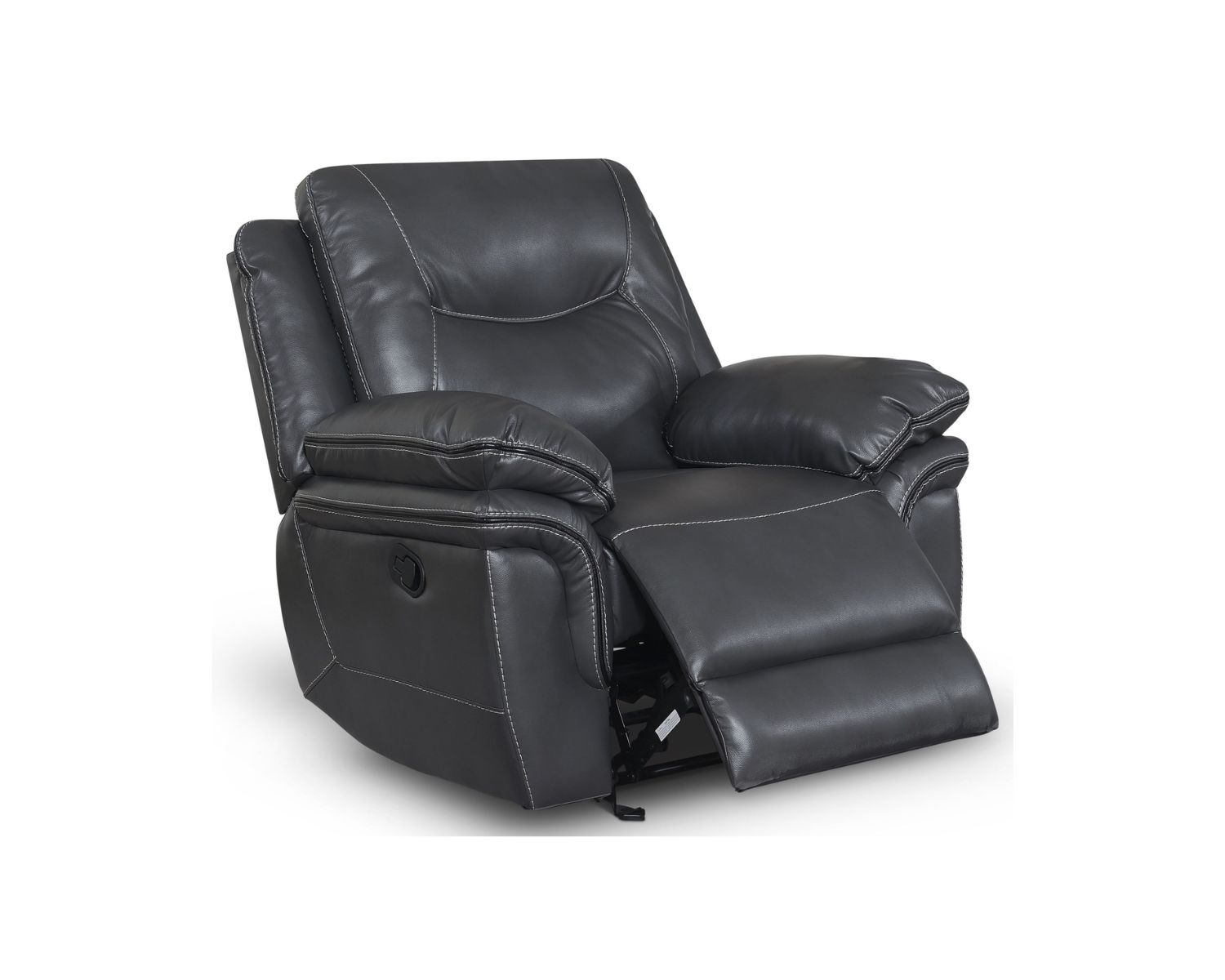
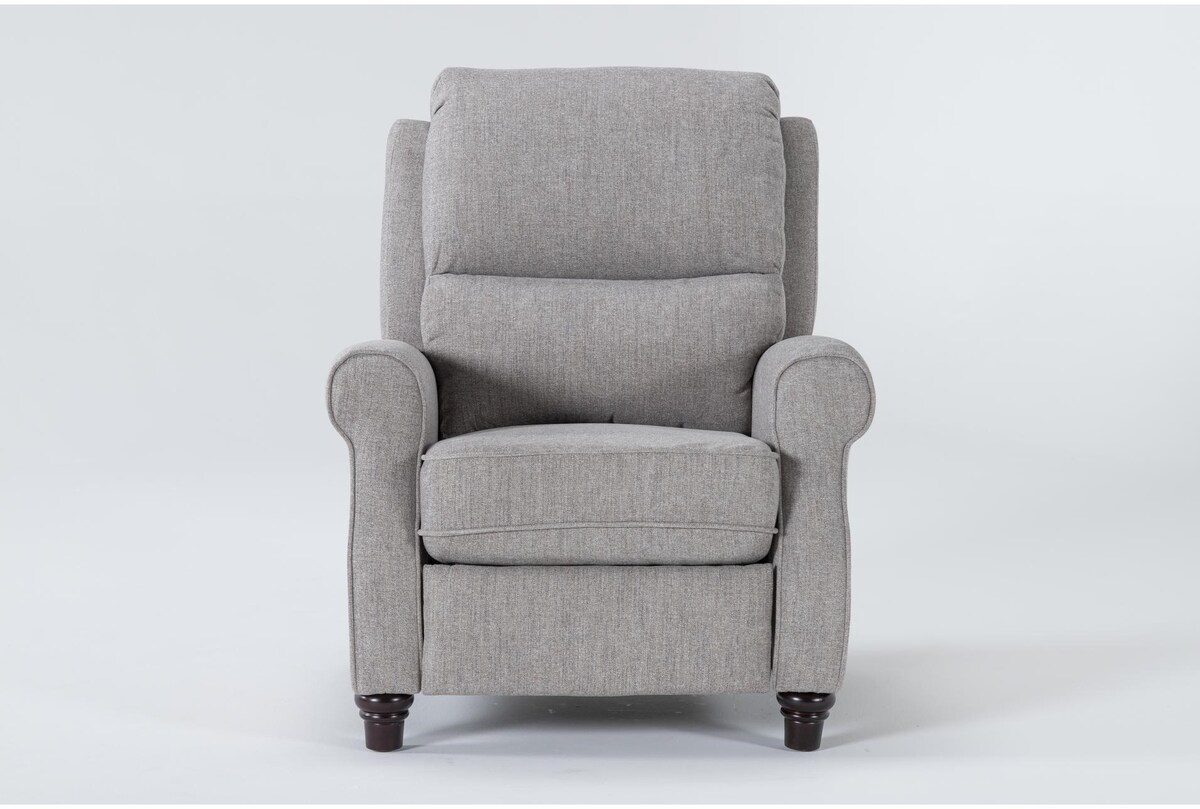
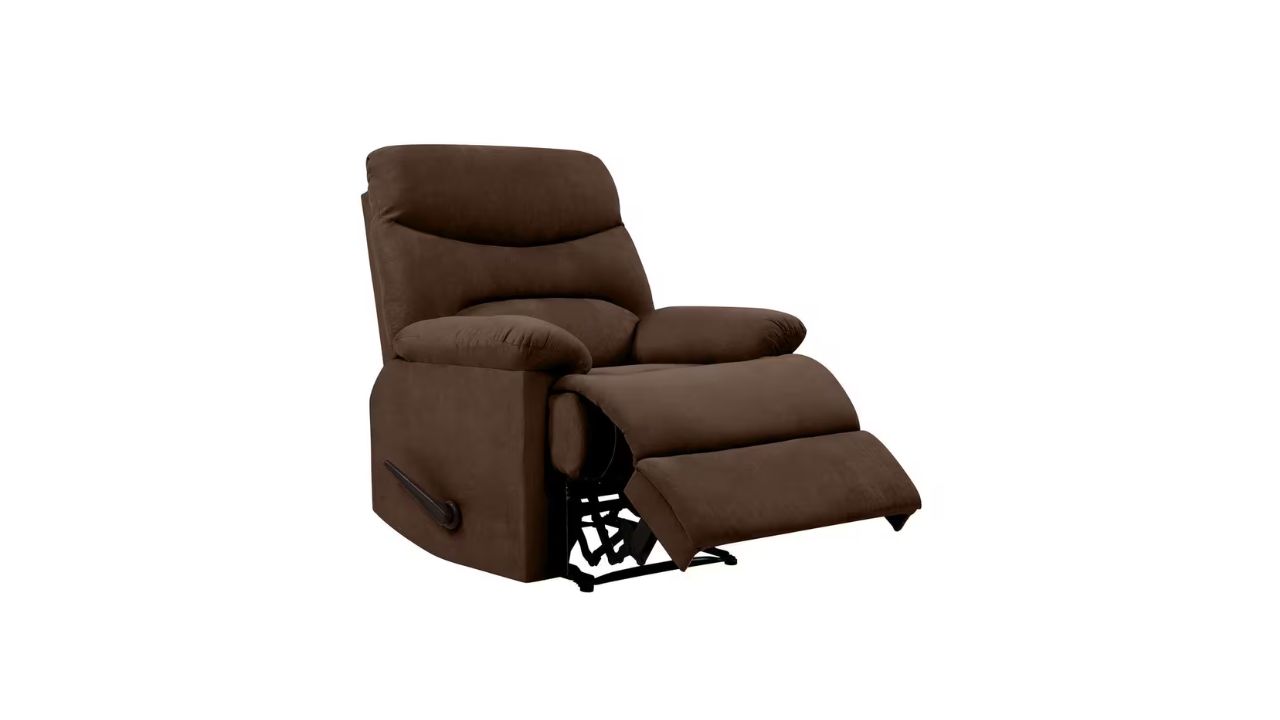
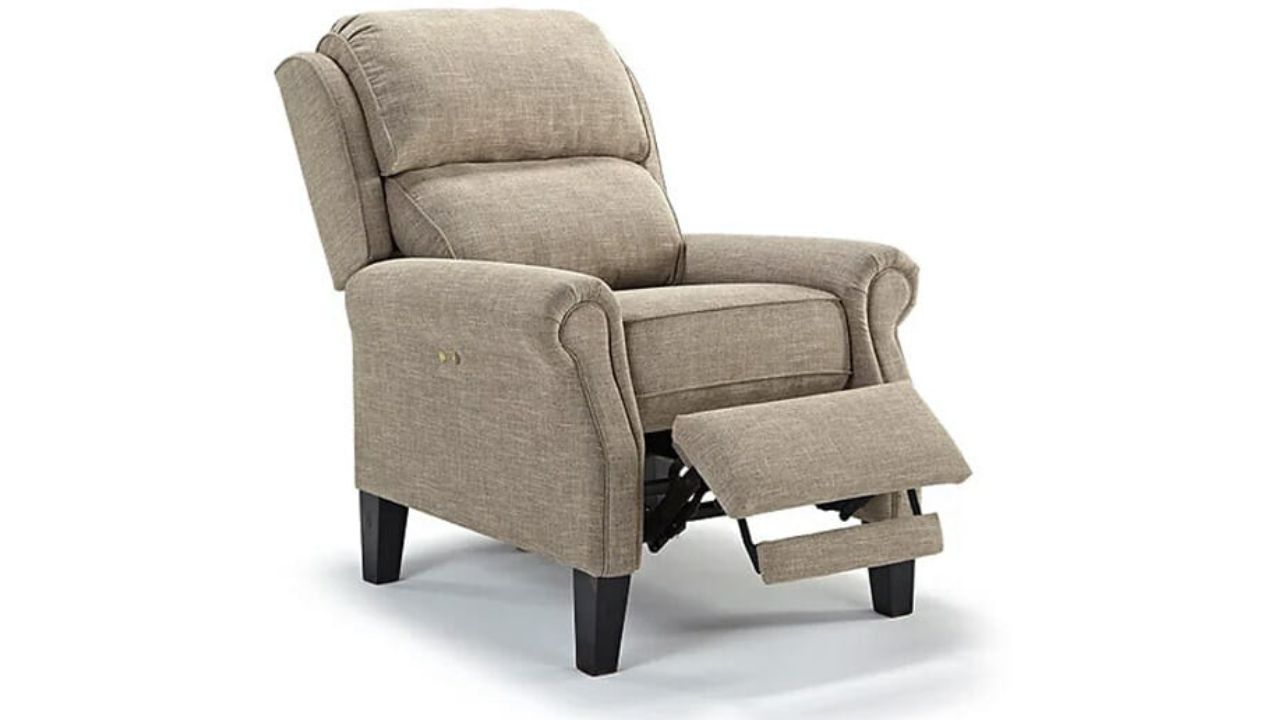
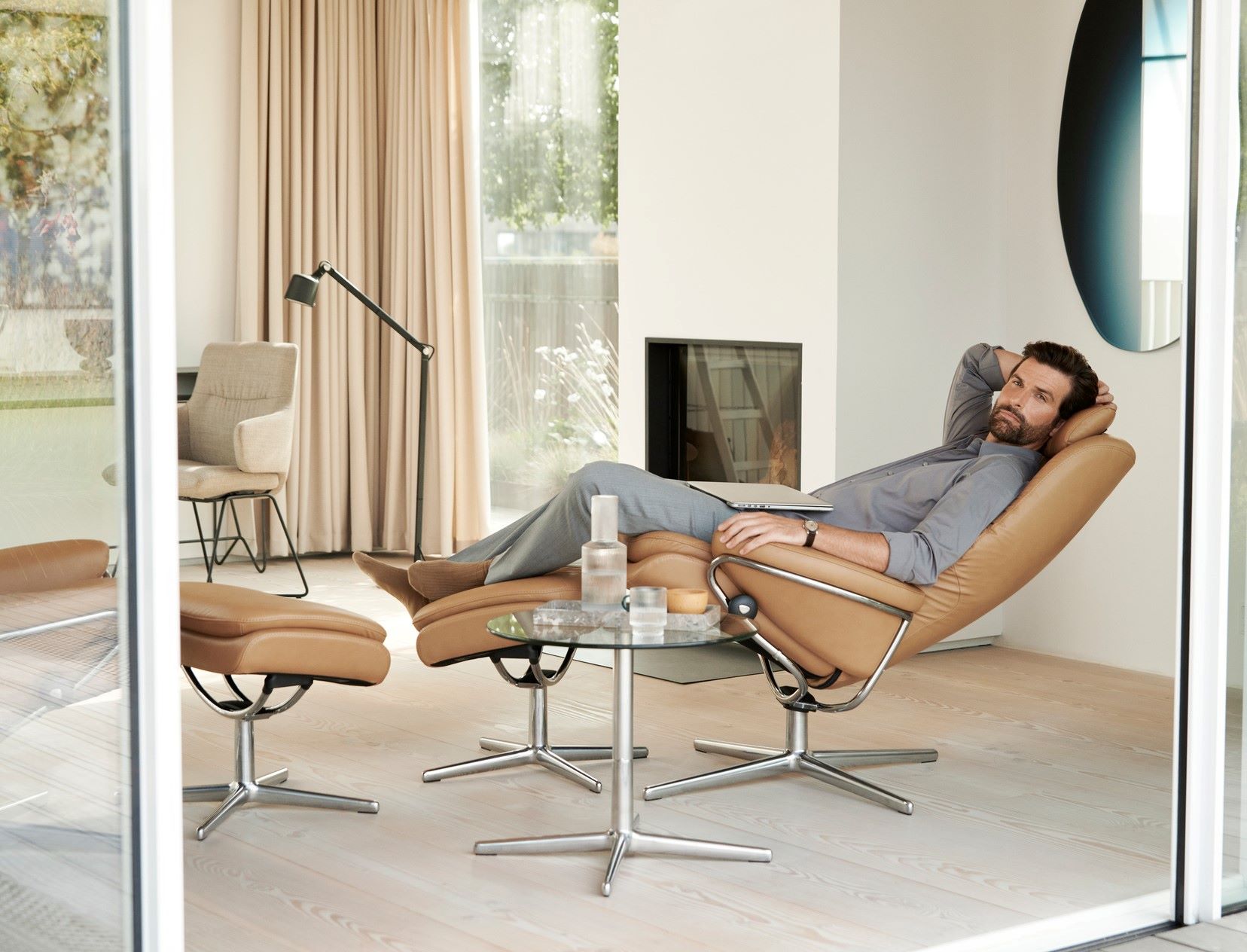

0 thoughts on “What Are The Parts Of A Recliner”